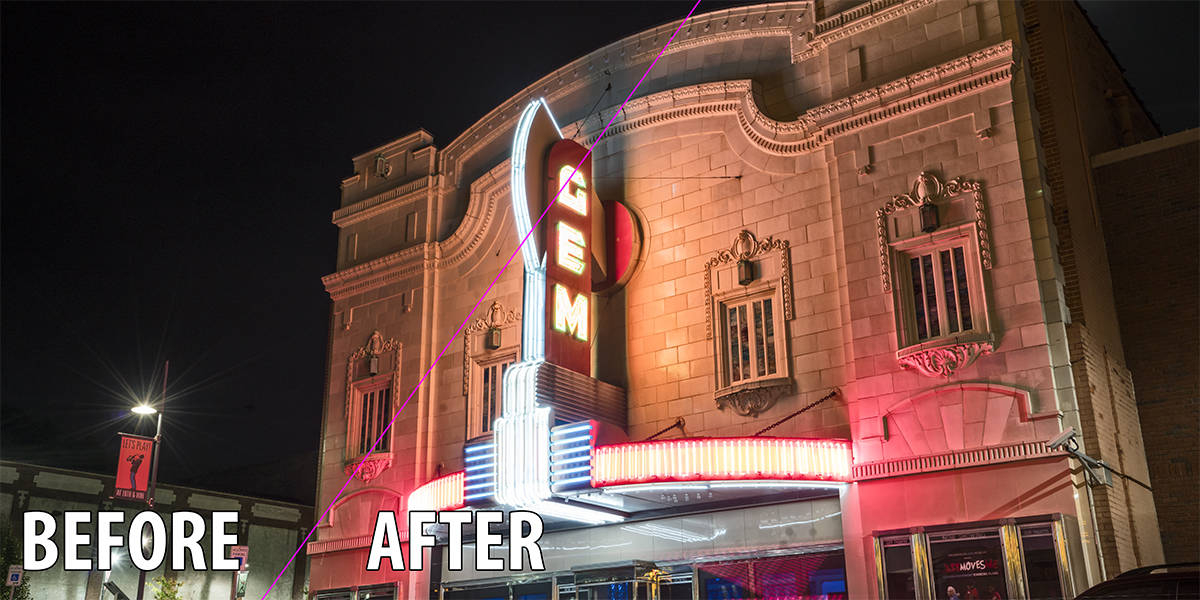


Recent computational photography techniques play a significant role to overcome the limitation of standard digital cameras for handling wide dynamic range of real-world scenes contain brightly and poorly illuminated areas. The good performance of our hardware architecture is also confirmed quantitatively with the high peak signal-to-noise ratio and structural similarity index. Experimental results performed on different wide dynamic range images show that we are able to get images which are of good visual quality and have good brightness and contrast. The hardware implementation is described in Verilog and synthesized for a field programmable gate array device. We also present the implementation of a Gaussian-based halo-reducing filter. However, in our implementation, the algorithm has an embedded automatic key parameter estimation block that controls the brightness of the tone-mapped images.
#On1 hdr tone mapping manual#
Although there are several tone mapping algorithms available in the literature, most of them require manual tuning of their rendering parameters. In this paper, we present a real-time hardware implementation of an exponent-based tone mapping algorithm of Horé et al., that uses both local and global image information for improving the contrast and increasing the brightness of tone-mapped images.


 0 kommentar(er)
0 kommentar(er)
